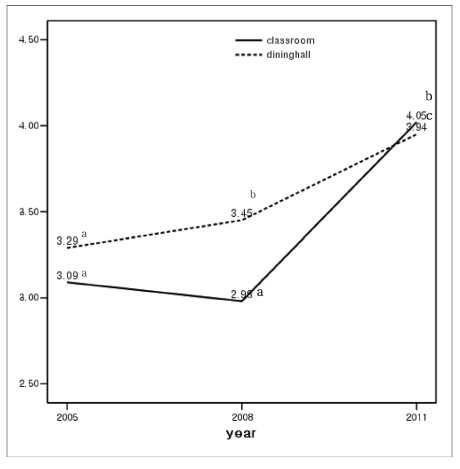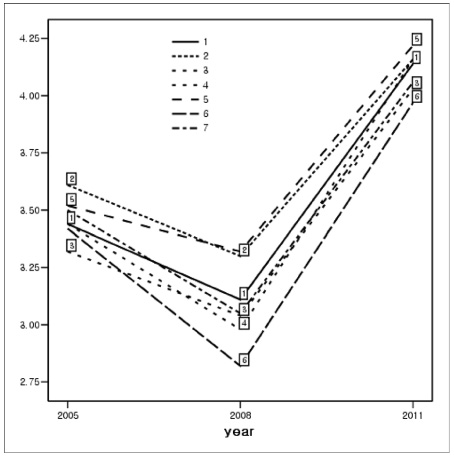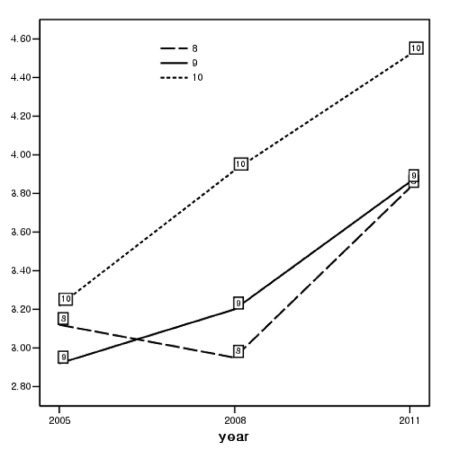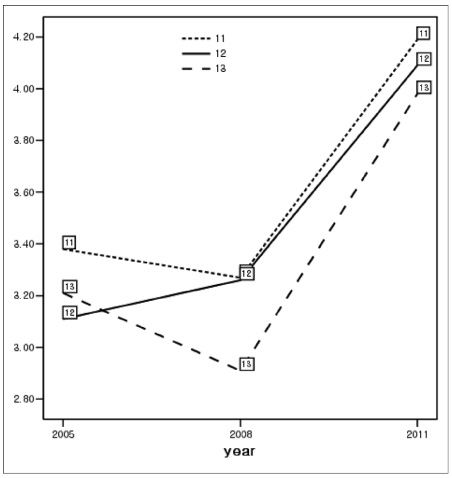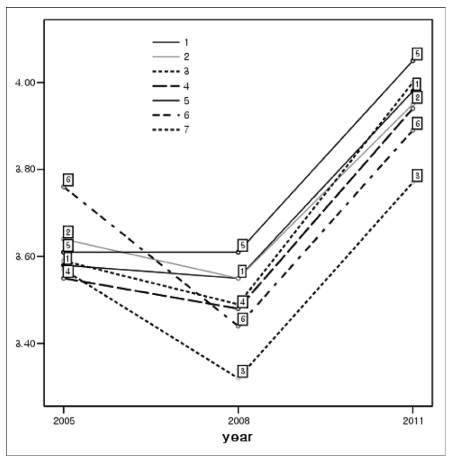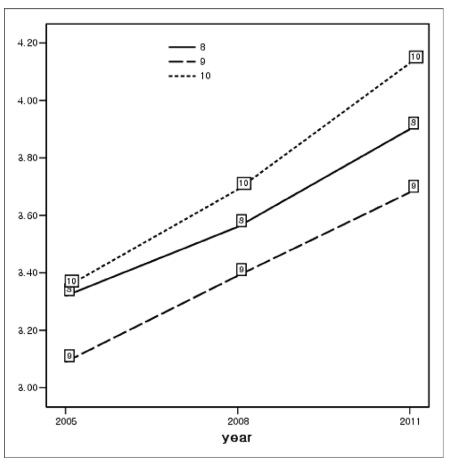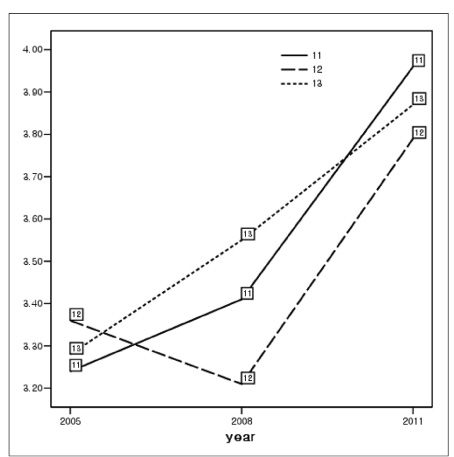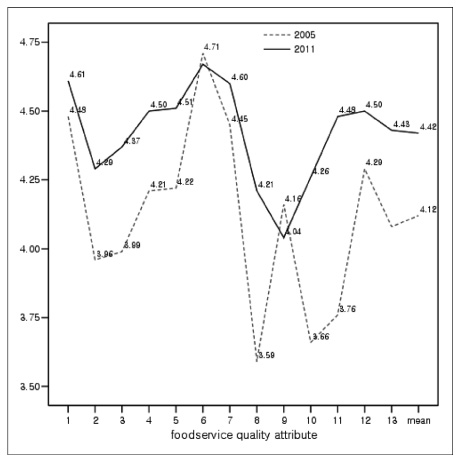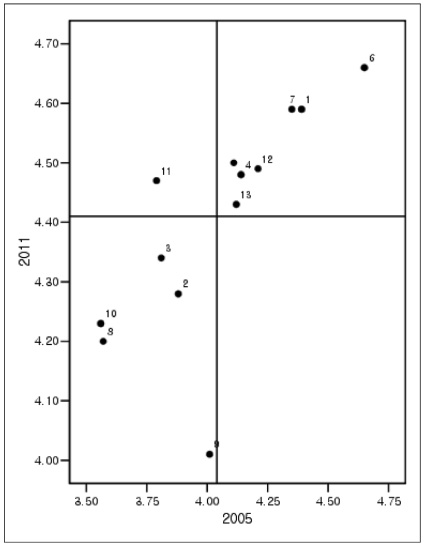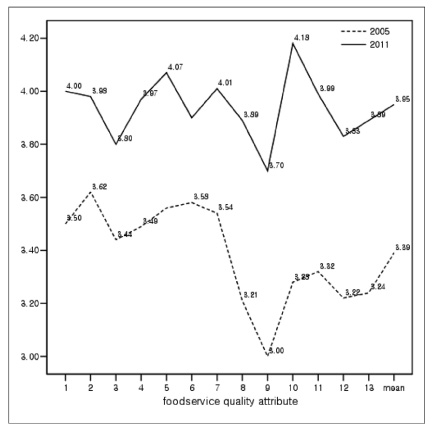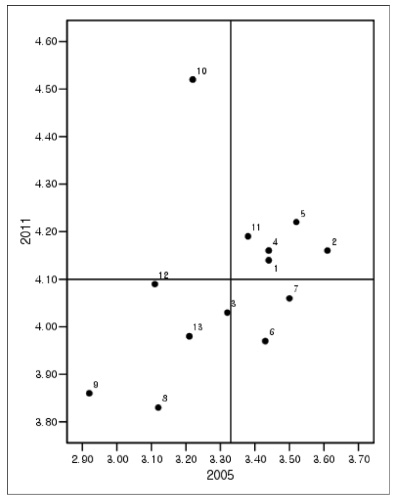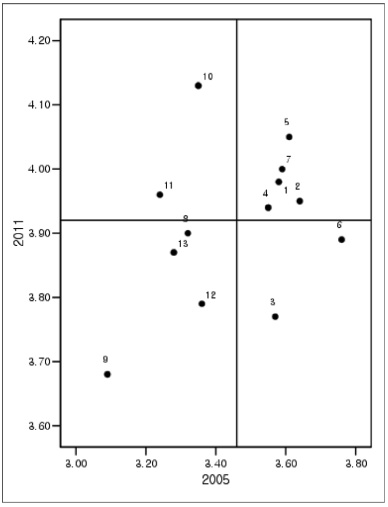References
1. Byun GI, Jung BH. A study on the preference and satisfaction on menu of school lunch service of high school students in Gyeonju area. Korean J Food Cult 2006. 21(5)481–490.
2. Han KS, Hong SK. A study of the operation of contract food services management and menu preferences of middle school students in Seoul. Korean J Community Nutr 2002. 7(4)559–570.
3. Jang MR, Kim JY. Comparison of importance and performance to the school lunch service according of male and female middle school students in the Gangwon province. J Korean Diet Assoc 2005. 11(1)95–104.
4. Kim KA, Kim SJ, Jung LH, Jeon ER. Degree of satisfaction on the school foodservice among the middle school students in Gwangju and Chonnam area. Korean J Soc Food Cookery Sci 2002. 18(6)579–585.
5. Kim KJ, Yi BS, Park MK. Analysis of the recognition and quality attributes on school lunch swevice of middle school students by gender in Gyeonggi province. J Korean Soc Sch Health 2010. 23(2)297–307.
6. Kim SH, Lee KA, Yu CH, Song YS, Kim WK, Yoon HR, Kim JH, Lee JS, Kim MK. Comparison of student satisfaction with the school food service programs in middle and high schools by food service management types. Korean J Nutr 2003. 36(2)211–222.
7. Kim SH, Lee KA, Yu CH, Song YS, Kim WK, Yoon HR, Kim JH, Lee JS, Kim MK. Elementary, middle and high school teachers' opinions of school foodservice programs. Korean J Nutr 2004. 37(8)701–711.
8. Kwak T, Chang H, Lee N. A Study on Cost Analyses and an Efficient Financial Management in Self-Operated and Contract-Managed Secondary School Foodservices. Korean J Nutr 2003. 36(10)1083–1093.
9. Lee HS, Jang MH. Survey of students satisfaction with school food-service programs in Gangwon province. Korean J Food Nutr 2005. 18(3)175–191.
10. Lee KE. Adolescents' Nutrient Intake Determined by Plate Waste at School Food Services. Korean J Community Nutr 2005. 10(4)484–492.
11. Lee YE. An analysis on the satisfaction with the quality of school foodservice in Chungbuk privince. Korean J Food Cult 2008. 23(1)105–114.
12. Ministry of Education & Human Resources. Comprehensive Plan for School Foodservice Improvement 2007. 12–40.
13. Ministry of Education, Science and Technology. School Meals hygiene guidelines 11-134000-000185-14 2010. 94–99.
14. Mo SJ, Suh JS, Lyu ES. The evaluation of the perception of students and employees for foodservice characteristics of in high schools in the Busan area. Korean J Food Cookery Sci 2005. 21(2)250–262.
15. Oh YM, Kim MH, Chung JS. The study of satisfaction, meal preference and improvement on school lunch program of middleschoolboys and girls in Jeonju. J Korean Diet Assoc 2006. 12(4)358–368.
16. Park MH, Choi YS, Kim YJ. Comparison of dietary attitudes and attitudes to the school lunch service of elementary and middle school students living in the same region. Korean J Community Nutr 2002. 7(1)3–13.
17. Park MK, Yang IS, Yi BS, Kim YS. Analysis of the quality attributes and the customer satisfaction in school foodservice by school type and distribution place. J Korean Diet Assoc 2010. 16(2)83–99.
18. Park YS, Lee JW, Lee MS. Comparisons of Students' and their Parents' Satisfaction of School Lunch Program in middle School by Foodservice Mangement. Korean J Community Nutr 1997. 2(2)218–231.
19. Ryu K, Woo CN, Kim WJ. Assessment of dietitian's nutritional quality management for school food service. J Korean Soc Food Sci Nutr 2006. 35(2)238–247.
20. Tenner AR, Detoro IJ. Total quality management 1994. Addison-Wesley; 89–114.
21. Woodruff RB, Cadotte ER, Jenkins RL. Modeling consumer satisfaction process using experience-based norms. J Marketing Res 1983. 20296–304.
22. Yang IS, Park MK. Identifying the Quality Attributes Affecting Customer Satisfaction of School Foodservice by City and Province: Students, Parents, and Faculty. J Korean Diet Assoc 2008. 14(3)302–318.
23. Yang IS, Yi BS, Cha JA, Han KS, Chae IS, Lee JM. Foodservice in institution 2003. Paju: Kyomunsa; 39–40.
24. Yang IS, Yi BS, Park MK, Kim HY. Survey on school foodservice satisfaction(Report by grnats from of Ministry of Education, Science and Technology) 2011. Yonsei University; 3–5.
25. Yi BS, Yang IS, Park MK. Annual analysis on quality attributes and customer satisfaction in school foodservice. Korean J Nutr 2009. 42(8)770–783.
26. Yoo YJ, Hong WS, Chio YS. The assessment of high school students' foodservice satisfaction in accordance with type of foodservice management. Korean J Soc Food Sci 2000. 16(2)112–120.
27. Yoon JH, Choo JC, Chung SJ, Ryu SH. Satisfaction of Elementary Students Eating School Lunch; Association with Level of Involvement in School Lunch Service. Korean J Community Nutr 2005. 10(5)668–676.
